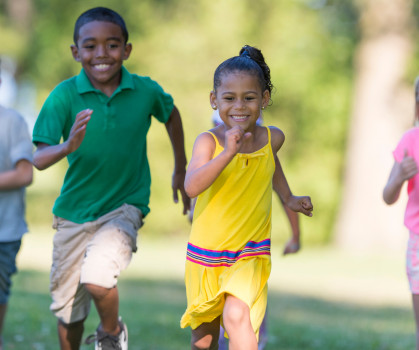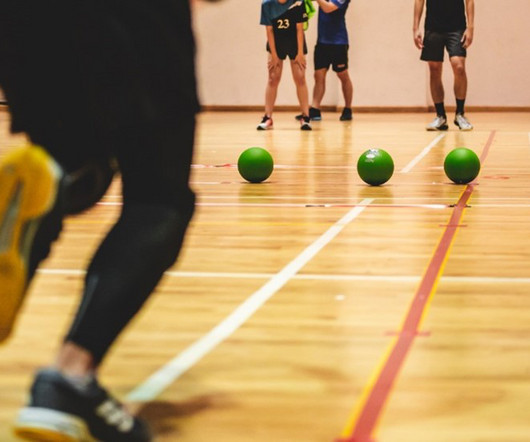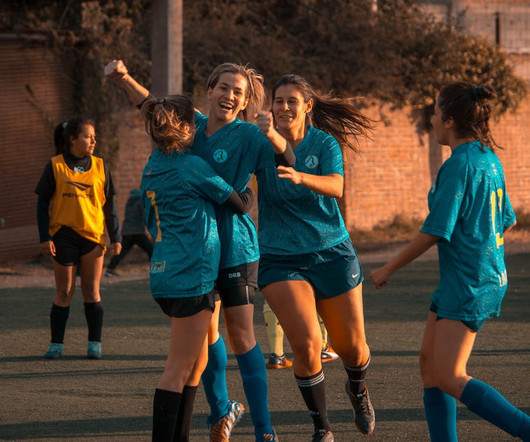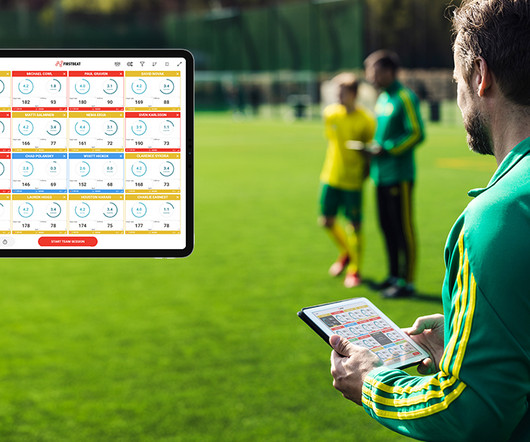Add Movement to the School Day to Boost Student Physical Activity and Learning
SHAPE America
OCTOBER 10, 2023
There are fewer sunlit hours after school for children to be outside and physically active. This time of year, it is increasingly important to incorporate physical activity into the school day. We need classrooms to be more active and engaging like the gym! Active and healthy students are better learners.











Let's personalize your content